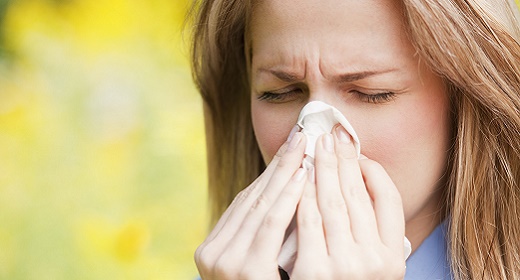Pranayama as a tool to stay more present and focused on and off your mat…
In connection with the previous article Where’s Your Head? We are exploring how elements of Hatha Yoga can help us become a more connected, more attentive and even a more authentic version of ourselves.
Through the study of Pranayama (the breath) we will introduce the simple yet profound effects that a breathing practice can have on all aspects of our lives. Did you know that a simple daily breathing practice canpotentially:
- Make your skin glow
- Enhance your mood
- Decrease stress
- Increase focus and attention
- Help you sleep more soundly

With each inhale and exhale we are drinking from the “cosmic soup” of life!
Sounds like a miracle drug right? Well…it is, kind of. There is science behind this! Although we tend to only focus on the sexy benefits of our strong, athletic, Asana Vinyasa Yoga practice, if we really want the full benefits of Yoga we MUST focus on our breath. As a matter of fact, yoga asana was designed with the specific purpose of the breath and its ability to enhance our capacity to breathe, not to strengthen the body; that came in as an additional benefit. Ancient Yogi’s knew, that with the practice of specific breathing techniques, humans had the power to settle the nervous system and tap into and harness the power of a calm focused mind. This would lead to a deeper practice of Meditation (to be discussed in more depth in the final of the 3 part series here).
We could speak more in depth around the science of the benefits of a well oxygenated body, but I think most of us have experienced the results of beautiful glowing skin after a run, an improvement in our moods after vigorous exercise, as well as a more focused mind. And that comes from not even thinking about the breath all that much.
I invite you to give your full attention to how you breathe during your next Hatha/Vinyasa class. Try to allow the movement to follow your breath. Deepen your practice by increasing the length and capacity of your breathing by noticing if and when you hold the breath in certain poses, especially the more challenging aspects of the class.
A quick Sanskrit lesson!
If we break down the word Pranayama,prana translates to our “life force energy” in our bodies, the essence that animates the wind, and is the energy in the sun;the essence that sustains and gives life to all things. This energy is contained in our breath. We arrive in the world, and draw in this cosmic life force to sustain us, and when we exhale our last breath, we return this cosmic energy back into the “cosmic soup of life”.
The wordYamameans to control, restrict, or the removal of restrictions of this energy. Therefore we can say pranayama is the removal of restrictions of the flow of energy through the body.
As we become more aware of how we breathe and move our energy through our bodies, we become more self -aware.
Pranayama 101: Samavrtti Pranayama or Equal Breathing
Try this simple but extremely therapeutic pranayama exercise, to help introduce you to this ancient practice!
- Sit in a comfortable upright position (can be cross legged or easy pose, kneeling on a bolster, or even sitting in a chair). The most important factor is to have access to a long spine. I suggest elevating your hips if sitting on the floor forces you to slump or have discomfort in any way.
- Close your eyes and begin to notice your natural breath. (with your eyes closed, we take away the external distraction of sight, which should then help to focus on the sensation and sound of the breath).
- Once you are comfortable with the sensation of your own breath, try inhaling through the nose while you count to 4.
- Exhale through the nose to a count of 4.
- Take a brief pause at the top of your inhale with the lungs full, and do the same at the bottom of the exhale with empty lungs.
- You can experiment with extending your inhale to a count of 5, or 6 or longer, as long as the exhale and the inhale count remain the same.
- Stop and be sure to drop your count if you start to feel any unpleasant side effects such as dizziness for example.
Pranayama has the amazing benefits of vibrant health, a sense of feeling renewed and connected to our selves and the world around us.
Namaste!









































